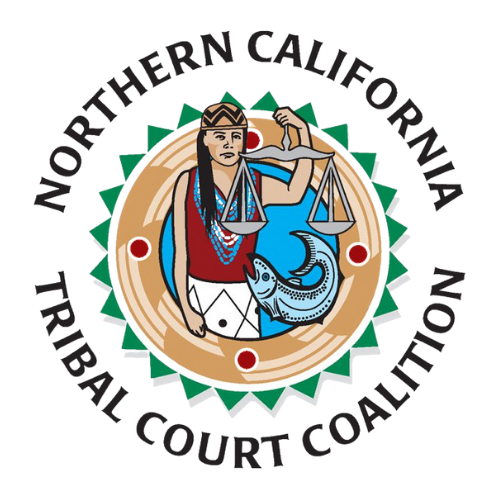Violence affects people in all stages of life, from infants to the elderly. Many people who experience violence survive it but may also suffer from long-term physical, mental, and emotional health problems.
In the Centers for Disease Control and Prevention (CDC) 2020 Factsheet Addressing Violence Against American Indian and Alaska Native (AI/AN) People states that homicide is the 3rd leading cause of death among AI/AN males (aged 1-44 years) and the 6th leading cause of death among AI/AN females (aged 1-44- years). An earlier study found that most homicides among AI/AN were initiated by an interpersonal conflict, such as intimate partner violence or domestic violence.
National Vital Statistics System (NVSS) 2018 data; National Violent Death Reporting System (NVDRS); based on CDC Violence Prevention Webpage – https://www.cdc.gov/violenceprevention/about/abuse.html
Social distancing and isolation may increases risk of abuse in the home
Some of the public health actions to reduce the spread of COVID-19 include avoiding large and small gatherings in private places and public spaces, working remotely, and closing schools. While these measures are critical for slowing the spread of COVID-19, they may contribute to an increase in violence and suicide due to:
- Social isolation or lack of social support
- Financial, emotional, or physical stress
- Lack of time alone or lack of physical and mental space
- Lack of childcare
- Loss of job or income
- Depression or anxiety
- Substance misuse
- Reduced access to mental health or substance use services and supports
In addition, social distancing measures can lead to more time in the home or in the same space as an abuser, increasing the risk for abuse. This can include child abuse and neglect, intimate partner violence, and elder abuse. Victims of violence may be unable to access help due to limited outside social contact, or they may not be able to seek victim services or shelter. The COVID-19 pandemic may also impact those experiencing violence in the following ways:
- Abusers may further isolate and control victims of violence.
- Abusers may share misinformation about the pandemic to control or frighten victims or prevent them from seeking medical treatment, if they need it.
- Programs that serve victims, such as shelters and counseling centers, may be full or unable to assist them. Victims may fear entering shelters for fear of being exposed to COVID-19.
- Travel restrictions may impact a victim’s escape or safety plan.
Safety plans can help lower your risk
If you or someone you care about is experiencing violence, here are a few suggestions that may help:
- Create a safety plan to outline ways to remain safe while you are in your current situation, planning to leave, or after you leave.
- Practice self-care as much as possible.
- If it is safe, reach out for help and try to maintain social connections through phone calls, texts, emails, and social media platforms.
A safety plan is a practical guide that helps lower your risk of being hurt by your abuser. It should include information specific to you and your life. A safety plan is not a restraining order or a protection order. A safety plan provides guidance on what you may need to bring if you have to leave your home quickly.
The Northern California Tribal Court Coalition (NCTCC) App contains fillable safety plans and self-care tips. The App is available for your Android or Apple mobile device and can be obtained by:
- Searching for NCTCC in your Google Play or Apple App store.
- Visiting the download page at nctcc.org/nctcc-app
Once you download the App, go to the main menu and tap the Safety button to access Safety Plans. To access a Self Care Checklist, simply tap the Self-Care button on the main menu. Self-Care practices can help to ease stress and increase resiliency.
